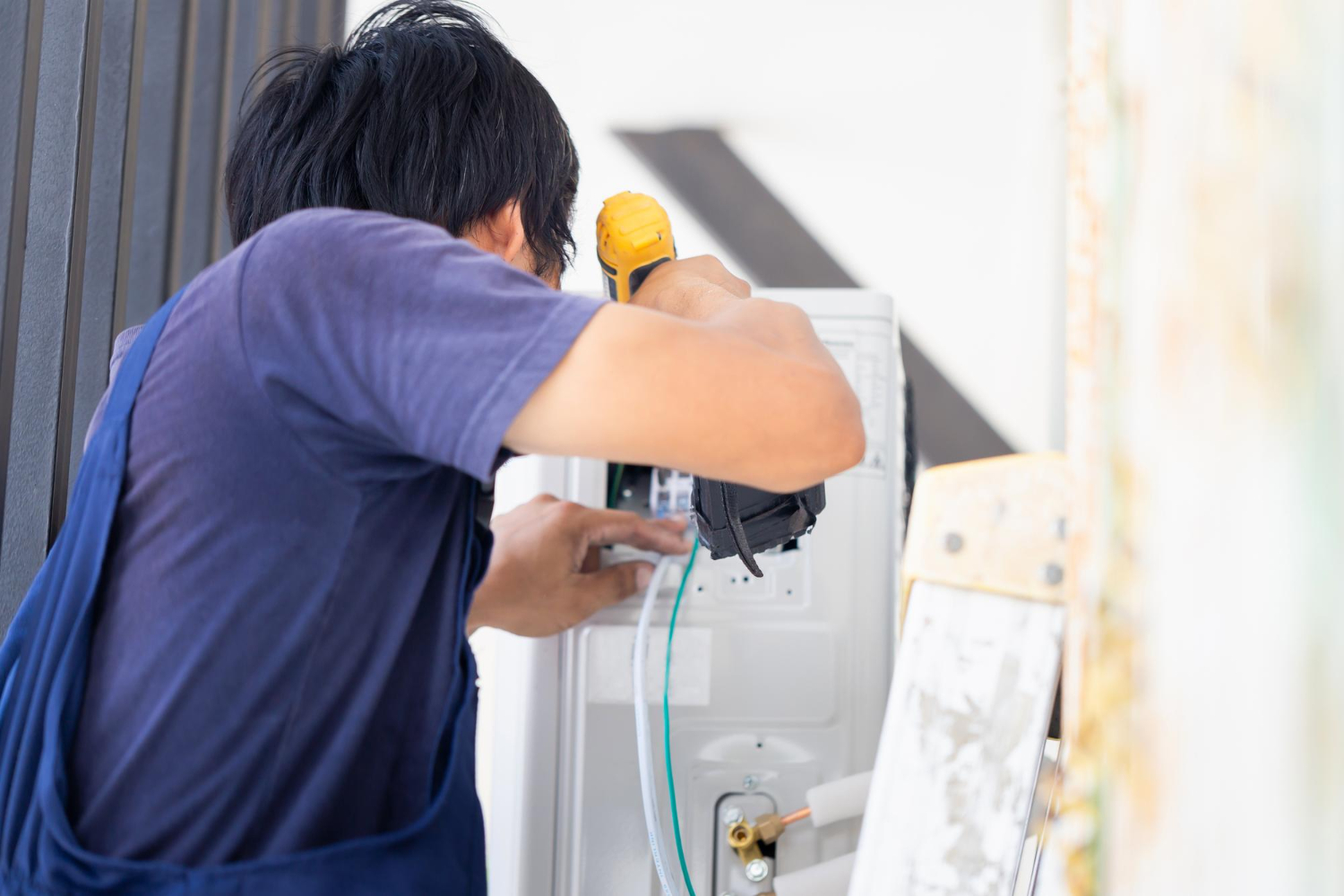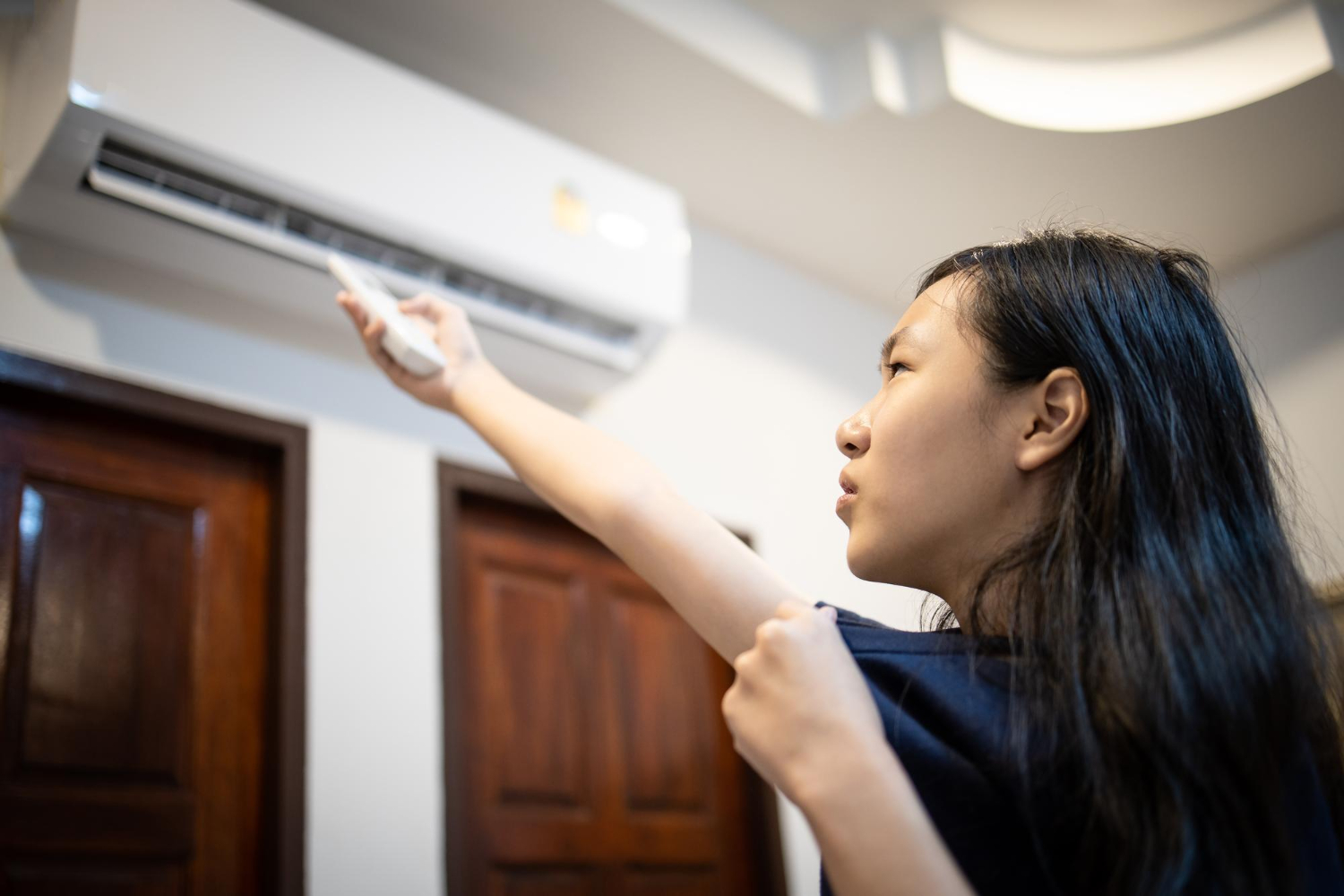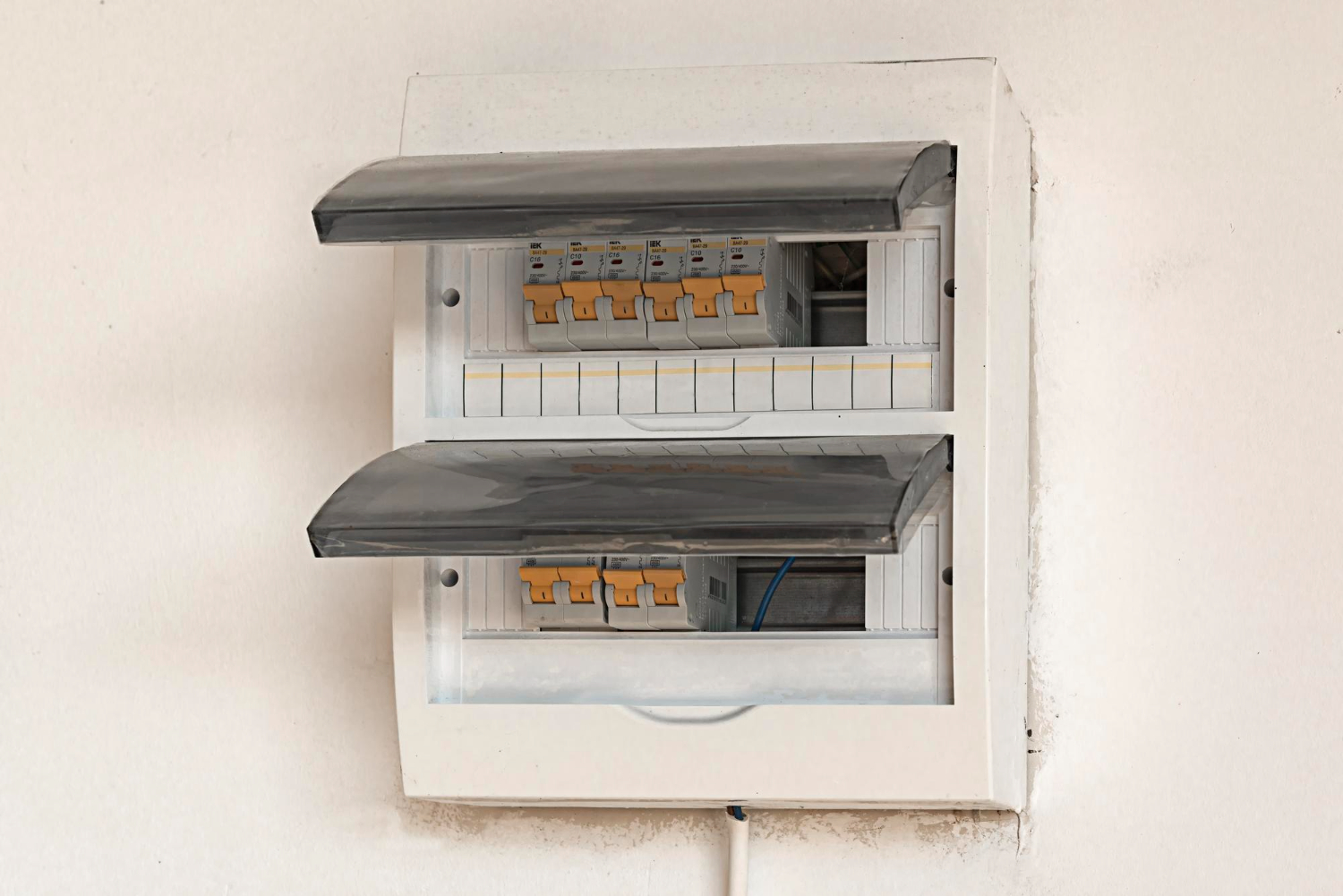A split system air conditioner is a cooling solution that can comfort your home during the hot summer months. Split-system air conditioners are known for their efficiency, versatility, and cost-effectiveness, making them a popular choice among homeowners.
Installing a split system air conditioner is not a complicated task, but it does require some technical knowledge and experience. That’s why it’s important to choose a professional service provider, like ADI Heating & Air, to install your split system air conditioner. With over 40 years of expertise in the HVAC industry, you can trust us to provide the best AC installation service in Olney, MD, and the surrounding areas. Contact us to schedule an appointment today!
Here are the steps to help you understand the process of installing a split-system air conditioner:
- Choose the Right Location
The first step in installing a split system air conditioner is to choose the correct location. The indoor unit should be installed in a central location, such as the living room, bedroom, or dining room, where it can cool the room evenly. The outdoor unit should be installed where it can quickly discharge heat, such as the side or back of the home. Avoid installing the outdoor AC unit in a place where it will be exposed to direct sunlight or heavy rain, as this can affect its performance.
- Prepare the Mounting Bracket
Once you have chosen the location, the next step is to prepare the mounting bracket. The mounting bracket is used to secure the outdoor unit to the wall. It should be sturdy enough to support the weight of the outdoor unit, and it should be level. You can use a spirit level to check that the bracket is level. If it’s not level, you can adjust it using the brackets, screws, and washers provided.
- Connect the Refrigerant Line
The refrigerant line is a copper pipe that carries refrigerant from the outdoor unit to the indoor unit. It should be connected to the outdoor unit first and then to the indoor unit. Ensure the connection is tight and secure, and use insulation to cover the refrigerant line to prevent heat loss.
- Install the Indoor Unit
The indoor unit should be installed near the wall, easily connected to the refrigerant line. Ensure the indoor unit is level, and use the screws provided to secure it to the wall. Connect the refrigerant line to the indoor unit and check that the connection is tight and secure.
- Install the Outdoor Unit
The outdoor AC unit should be installed on the mounting bracket and secured using the screws provided. Ensure the outdoor unit is level, and use the screws provided to secure it to the wall. Connect the refrigerant line to the outdoor unit and check that the connection is tight and secure.
- Electrical Wiring
Finally, you will need to install the electrical wiring. The electrical wiring should be installed by a licensed electrician, as it requires knowledge of electrical safety. The electrical wiring should be connected to the indoor unit first and then to the outdoor unit. Make sure that the wiring is securely fastened and protected from the weather.
Installing a split system air conditioner can seem daunting, but it can be a simple process with the proper guidance and support. If you are unsure how to do it, contact our professional service provider like ADI Heating & Air. We are experienced in AC installation and can help you install the split system air conditioner quickly and safely. We also provide AC service in Olney, MD, and the surrounding areas. Contact us today!











